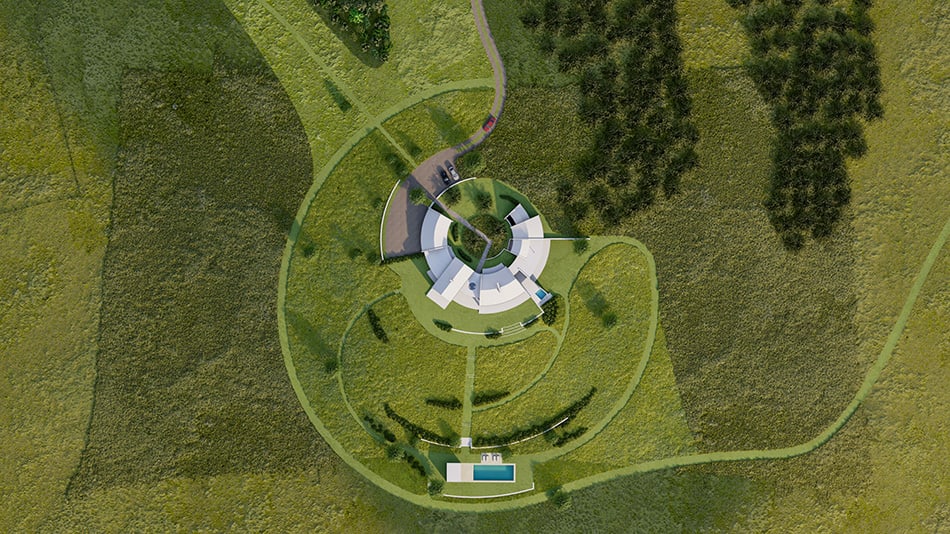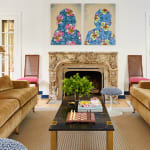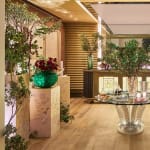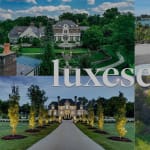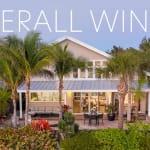詹姆斯-多伊尔设计事务所:景观设计中艺术与自然的完美融合
作者:LISA KLEIN
Landscaping is a true art form, whether it involves patches of deceptively haphazard wildflowers or rows of perfectly sculpted hedges.
The award-winning James Doyle Design Associates, based in Greenwich, Connecticut, recently published a book of its work that showcases how the firm combines nature and art in its landscaping projects.
Founded in 1993, the firm designs projects large and small across the United States and Canada, some of which are found in Intersection of Art and Nature published by The Images Publishing Group, alongside notes and sketches that illuminate a bit of the design process.
Here, principal James Doyle and partner Justin Quinn discuss the book and all things landscaping with Luxury Portfolio.
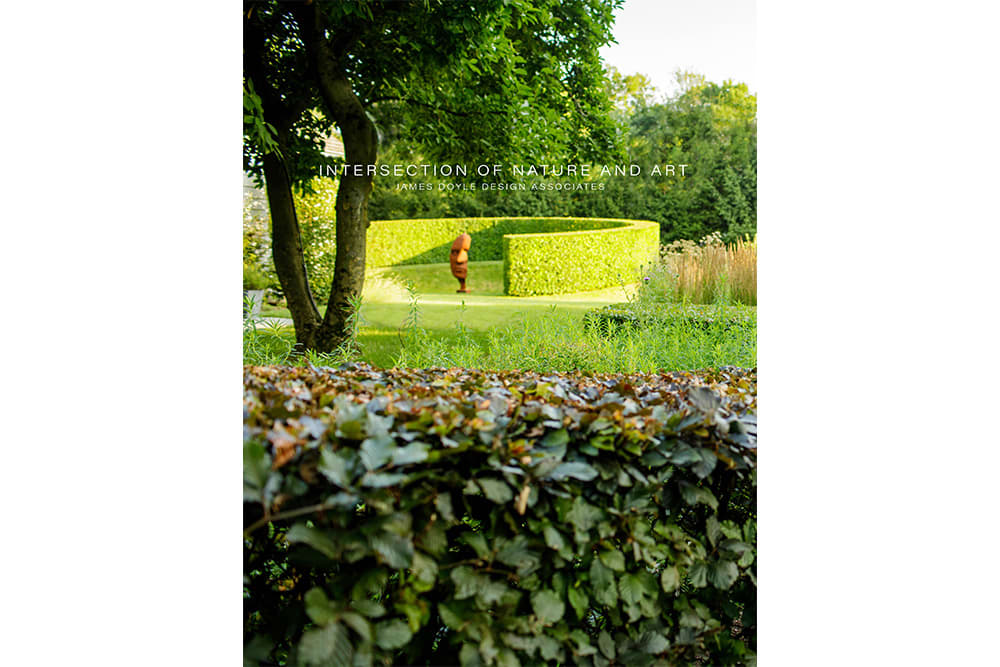
How did you start on your path to landscaping?
James Doyle: I am in fact a landscape designer, whilst many others in my office are landscape architects.
I started as a horticulturist and decided that I needed the creative outlet as a designer. I started designing gardens and landscapes, and the business evolved into today’s practice of landscape architecture.
Justin Quinn: A landscape contractor friend brought me along for a breakfast meeting, where he was to meet up with a landscape architect to review some plans.
I saw this guy’s renderings and was in awe – so much so that I changed my academic major from horticulture to landscape architecture the next day.
Fast forward two decades and that same landscape architect, Anthony Tavares, is now part of our design studio.
Your firm’s new book is called Intersection of Nature and Art. What is that intersection for you?
Mr. Doyle: The intersection is typically a juxtaposition between the natural surroundings and a designed art piece. It can be a wonderful opportunity when curated and designed in a thoughtful fashion.
Mr. Quinn: Our best design work is often informed by a site’s natural conditions and our desire for artistic expression.
Our practice centers its craft around the intersection of the two: nature and art.
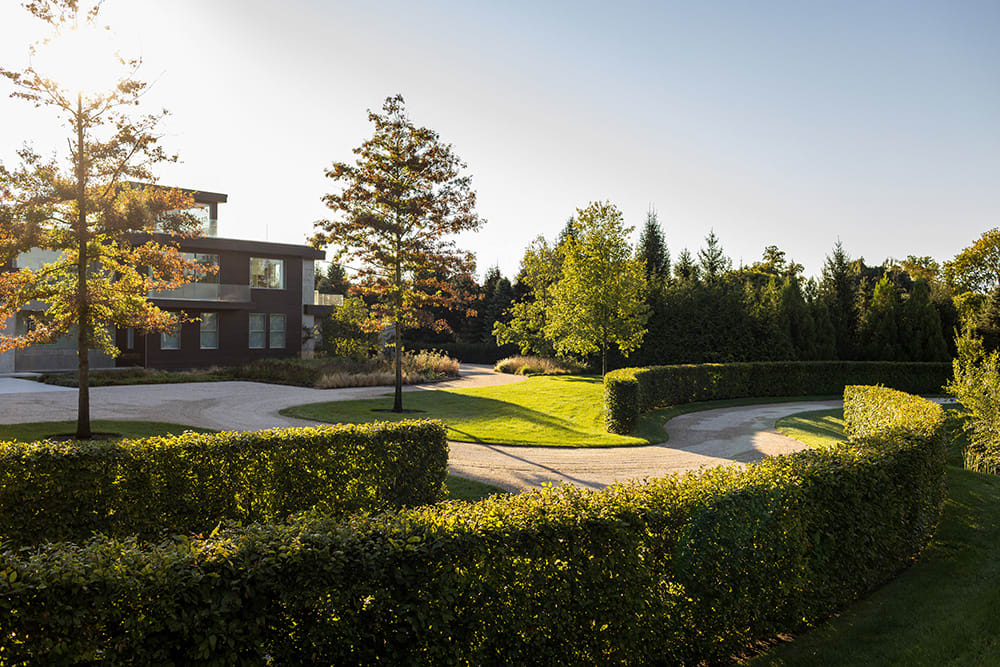
Many of your projects feel quite sculptural themselves. Can you tell us a bit about that?
Mr. Doyle: Art takes on many forms, and we have been creating these forms by sculpting our plant material. They provide structure, they can be the winter spine of our landscapes and the walls of our outdoor rooms.
Mr. Quinn: In part, we devise our landscapes as an artist or sculptor would.
Layers of materials – horticulture and hardscape – comprise the landscape and are applied to a site guided by some grounding concept.
Our studio combines materials into legible geometries often juxtaposed against organic textures and forms.
There are fantastic planning details and sketches throughout your book. When it comes to a new project, where does the thought process begin?
Mr. Doyle: For me, the first visit is hugely impactful and inspirational.
Our staff takes some initial thoughts to a higher level of design.
Mr. Quinn: In no particular order, the site, the client, lots of internal discussions and whatever grounding idea that makes the process or outcome more meaningful.
We are fortunate to often work with many disciplines and design teams, and it’s always insightful to hear what others have to say.
What are some essential elements of successfully designed landscaping?
Mr. Doyle: Everyone enjoys beauty, so a well-designed planting plan is most important.
Mr. Quinn: Composition and meaning.
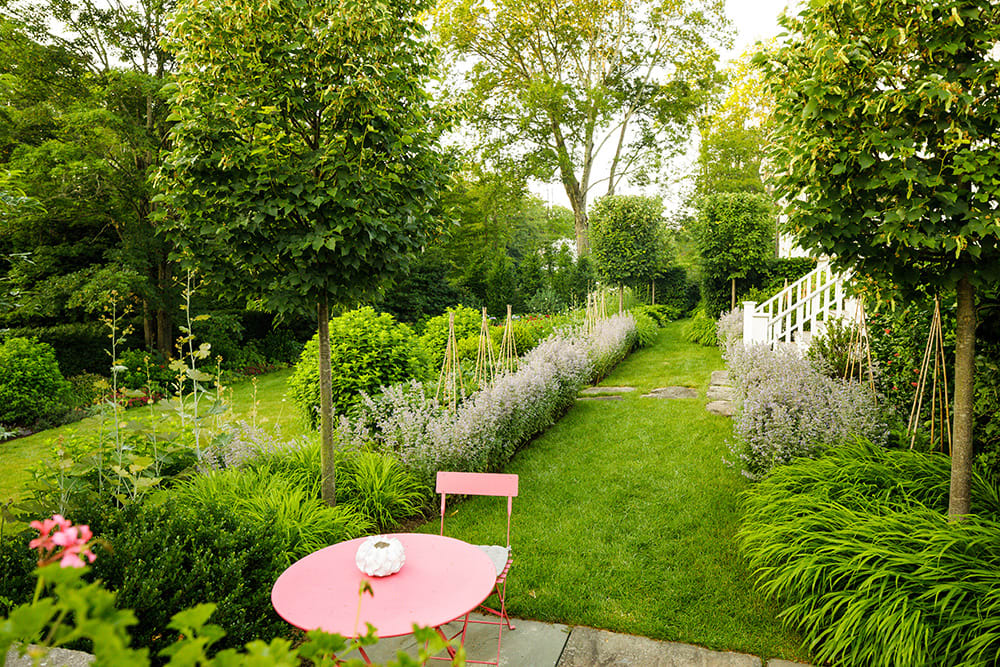
Your projects blend nature and functionality for the people who live with your landscaping. How do you keep these outdoor spaces usable?
Mr. Doyle: Our outdoor spaces have not only a visual impact, but an opportunity for a physical experience also – some more passive than others.
We will continue to entice our clients and their families to enjoy the outdoors, whether it is a walk in a beautiful meadow or exercising in a pool or a sports court.
Mr. Quinn: We start by valuing whatever nature exists on a site. This assessment often differs amongst our team based on our individual experiences.
We then get to know our clients, interpret their desires, then work out the balance of function and nature during the design exercise.
It’s a practice, and we are dealing with living things, so it isn’t always A-to-B or a home run. Good gardens take time.
What role does sustainability play in your designs?
Mr. Doyle: This is not an agenda we have to push anymore. Our clients want their new landscapes to be beneficial to the natural world, and they are willing to explore design opportunities to enable this.
Mr. Quinn: We do a lot of little things, but don’t make a big stink about it, like planting enough trees to create shade, using local materials and managing all the stormwater on a particular site.
Sometimes we make these things noticeable, but most often not.
The post-war landscape is dying.
That Wonder Years lawn and foundation planting that supports little life and requires constant maintenance is losing its appeal.
To address this, you will see a lot of meadows in our work – both abstract agrarian and wildflower pollinator types.
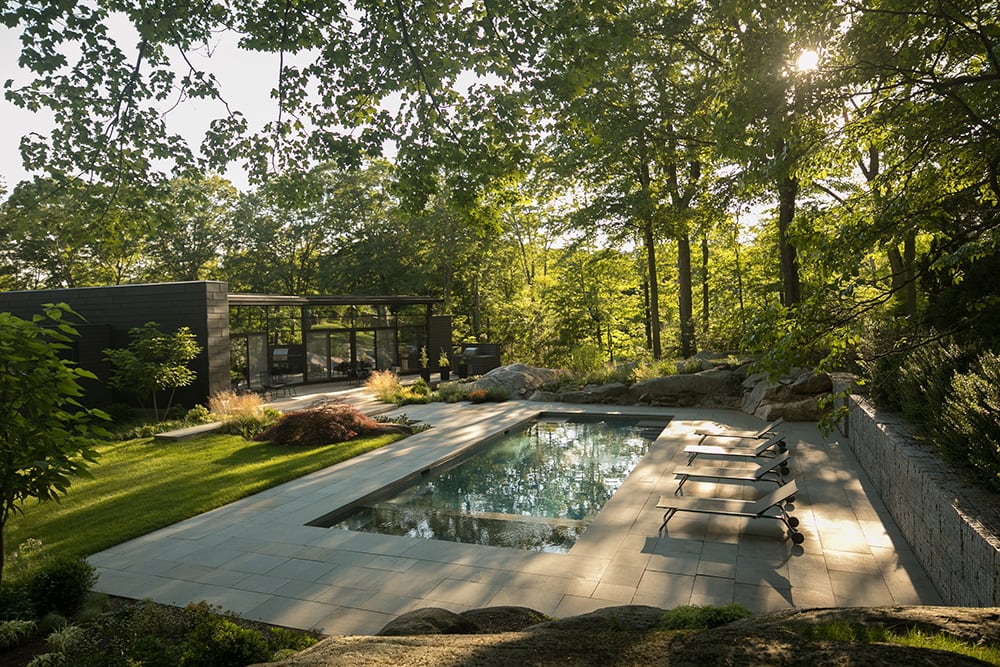
There are entire pages filled with lists of plants for different projects in your book. What are some of your personal favorite plants to work with?
Mr. Doyle: I love plants and collect a lot of herbaceous material.
I’ve probably called out some of my favorites over the years, but I am seeking the unknown and researching new plants for our changing climate.
Mr. Quinn: We use many plants that can be considered common but, hopefully, we will use them more creatively.
For example, we’re using a native bunch grass, Little Bluestem, and about 15 other grasses and 25 forbs to transform a relatively dull pasture and create a meadow with seasonal interest.
We will then be obsessive with how we cut the paths through the meadow to create form and intrigue.
Why is it important to consider nature and the outdoor environment of our homes?
Mr. Doyle: The future is in the hands of the next generations, and we need them to be more sensitive to our environment than we have been.
We have to go beyond sustainable and think about ecological restoration.
Bringing biodiversity back to fields, farms and our landscapes should be a huge priority.
Mr. Quinn: Experiences gained through the intimate participation of nurturing and being responsible for plants and nature, or even simply being in a great outdoor space that promotes nature, produce well-being.

